The African Pygmy Kingfisher, found near Needles Lodge, is a vibrant bird with electric blue, orange, and purple feathers. Despite its vivid colors, it blends into dense foliage. A skilled hunter, it catches insects with precision. Males perform aerial dances during breeding season. Adaptable and solitary, it nests in riverbanks or termite mounds. Though not endangered, habitat loss is a concern. Spotting this bird at Needles Lodge is a special highlight.
The Zebra: Africa’s Striped Wonder of the Kruger National Park
Discover the fascinating world of zebras in Kruger National Park. Learn about their stripes, social bonds, seasonal movements, and their crucial role in maintaining the savanna ecosystem.
In the golden grasses of Africa’s open savannas, the zebra—a creature known for its striking black-and-white stripes—moves with an elegance that captivates wildlife enthusiasts worldwide. These fascinating creatures are not only beautiful but are also critical to the ecosystem, thriving in harmony with the land and other wildlife in regions like Kruger National Park. Within this vast wilderness, zebras (Equus quagga) play a key role in maintaining ecological balance and are essential to the park's biodiversity.
Let’s explore the unique world of zebras in Kruger National Park, unraveling their distinctive features, survival strategies, and the crucial role they play in maintaining the balance of Africa’s grasslands.
1. Why the Stripes? Nature’s Camouflage or Personal Identification?
The zebra’s iconic black-and-white stripes have puzzled scientists for generations. While the camouflage theory suggests that stripes help zebras blend into the long grasses of the savanna, recent studies propose they may also deter biting insects like tsetse flies and horseflies, which are less attracted to contrasting patterns. In Kruger National Park, where zebras share their habitat with predators like lions and hyenas, the stripes create a motion dazzle effect, confusing predators by distorting their perception of speed and distance.
Interestingly, each zebra’s stripe pattern is as unique as a human fingerprint, helping individual zebras identify one another within their herd. This is particularly helpful in Kruger’s vast expanses, where zebras live in close-knit groups, and recognizing family members becomes essential for survival.
For more on how zebras thrive in the wild, check out Kruger National Park Seasons: When to Visit for the Ultimate Safari Adventure.
2. The Social Life of Zebras
Zebras in Kruger National Park are highly social creatures, typically found in family groups known as harems, led by a dominant male. These herds are tight-knit, with members protecting one another from predators and socializing through vocalizations like whinnies, snorts, and barks. In Kruger, where predators like lions roam, zebras rely heavily on these social bonds to increase their chances of survival.
Stallions will fiercely protect their harems, often using their powerful kicks to fend off predators or rival stallions. The herd operates as a unit, standing together when threatened, making it difficult for predators to target a single individual.
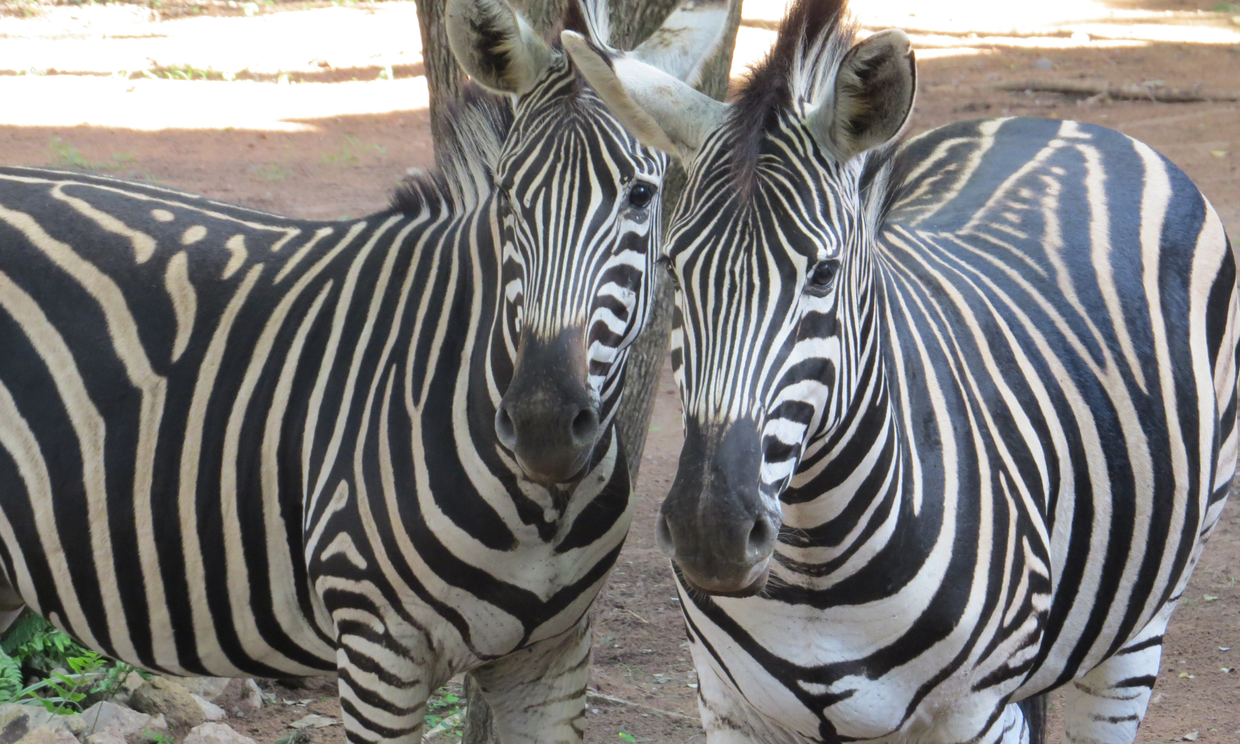
3. Grassland Gardeners: The Zebra’s Role in the Kruger Ecosystem
Zebras in Kruger National Park play a vital role as grassland gardeners, helping maintain the park’s lush savannas. Their diet consists mainly of coarse grasses, which they graze on year-round. By feeding on these lower-quality grasses, zebras make room for more selective grazers, like wildebeest and impala, which prefer softer, shorter grasses.
This grazing pattern promotes biodiversity, keeping the savanna healthy and ensuring that no single plant species dominates the landscape. Zebras also help fertilize the soil through their droppings, enriching it with nutrients that promote new growth.
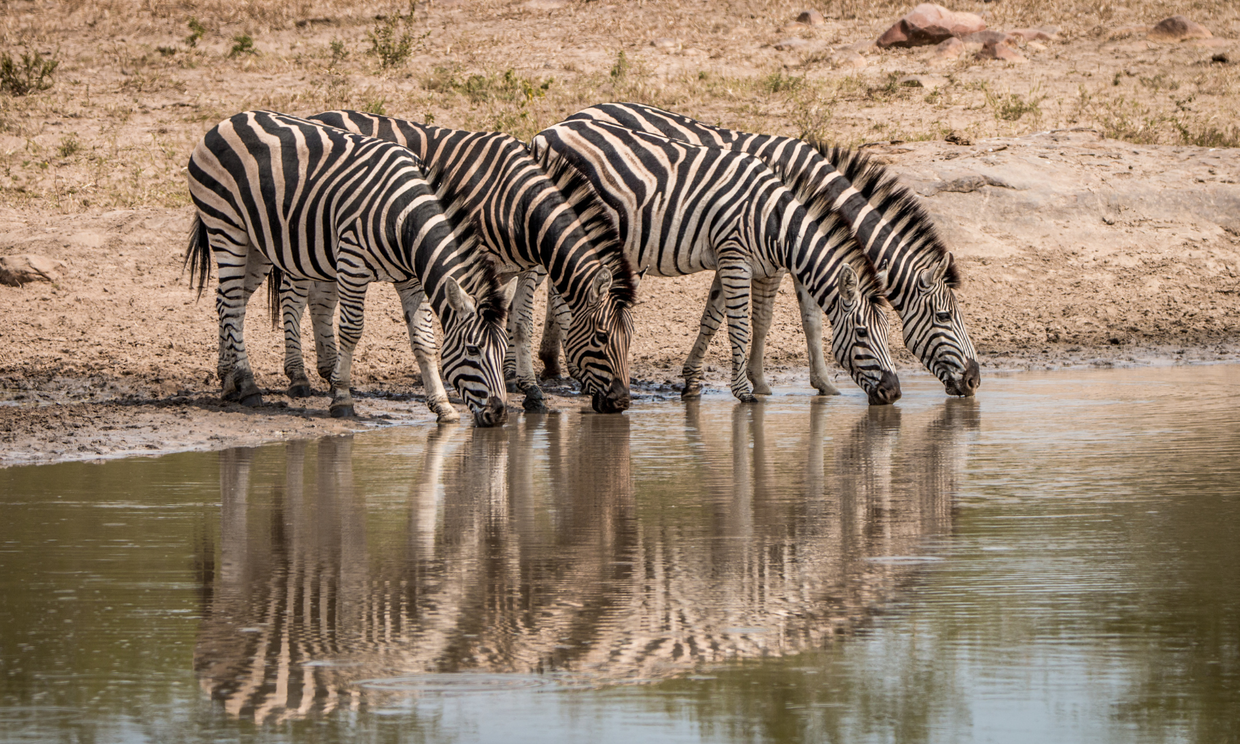
4. Seasonal Movements in Kruger
Unlike the Great Migration in East Africa, zebras in Kruger National Park tend to remain within the park’s boundaries but do move seasonally in search of fresh grazing and water. During the dry season, zebras gather near the park’s waterholes and rivers, sharing the space with other wildlife like elephants and buffalo. As the rainy season arrives, they disperse across the grasslands, taking advantage of the new growth brought by the rains.
These seasonal movements are essential for maintaining the balance between zebra populations and the availability of resources in Kruger, ensuring that the savanna remains sustainable for all its inhabitants.
For more on Kruger’s wildlife and seasonal changes, visit Kruger National Park Website.

5. Adaptations for Survival in Kruger’s Wilderness
Zebras in Kruger are well-adapted to the park's varying environments, from the dry northern plains to the lush southern areas. Their hooves are perfectly suited to traversing rocky terrain, and their digestive system allows them to survive on fibrous, tough grasses. These adaptations enable zebras to occupy habitats that many other herbivores avoid.
Zebras also exhibit a strong fight-or-flight response. In Kruger, they rely on their speed and agility to evade predators, but stallions are also capable of defending their harem with powerful kicks and bites when necessary. Their ability to fight off predators like lions and wild dogs demonstrates their resilience in the harsh African wilderness.
6. A Striped Legacy: Zebras in African Culture
Throughout African culture, the zebra symbolizes freedom and individuality, thanks to its unique stripes. In some traditional tales, zebras are seen as tricksters, able to outwit predators and outmaneuver danger. Today, they remain a symbol of African wildlife and a beloved icon for conservation efforts.
In Kruger National Park, the zebra is one of the most photographed and admired animals, representing the spirit of the African wilderness.
The zebra’s role in Kruger National Park is as vital as its beauty is captivating. These striped wonders are not only symbols of freedom but also crucial players in maintaining the balance of Africa’s savanna ecosystems. As climate change and habitat loss continue to pose threats, it’s more important than ever to protect these iconic animals.
If you're eager to witness the majesty of zebras and other African wildlife, Needles Lodge offers the perfect base for your safari adventure near Kruger National Park. Our expert guides will take you on an unforgettable journey to experience zebras in their natural habitat, while you enjoy luxurious, eco-friendly accommodations.
Further Reading
The article highlights giraffes in Kruger National Park, detailing ten unique aspects like their height, distinctive spot patterns, silent communication, powerful hearts, graceful movement, defensive kick, synchronized drinking, short naps, birth rituals, and large appetite. It also introduces Needles Lodge, a luxurious accommodation within the park, offering guests close-up encounters with giraffes and other wildlife, ideal for both nature lovers and those seeking a peaceful getaway.
Did you know that the Cape Porcupine is the largest rodent in Southern Africa? This species is found throughout southern and central Africa, including South Africa, Kenya, Uganda, and the Congo. And as the official Needles Lodge logo it’s one of our favourite animals!

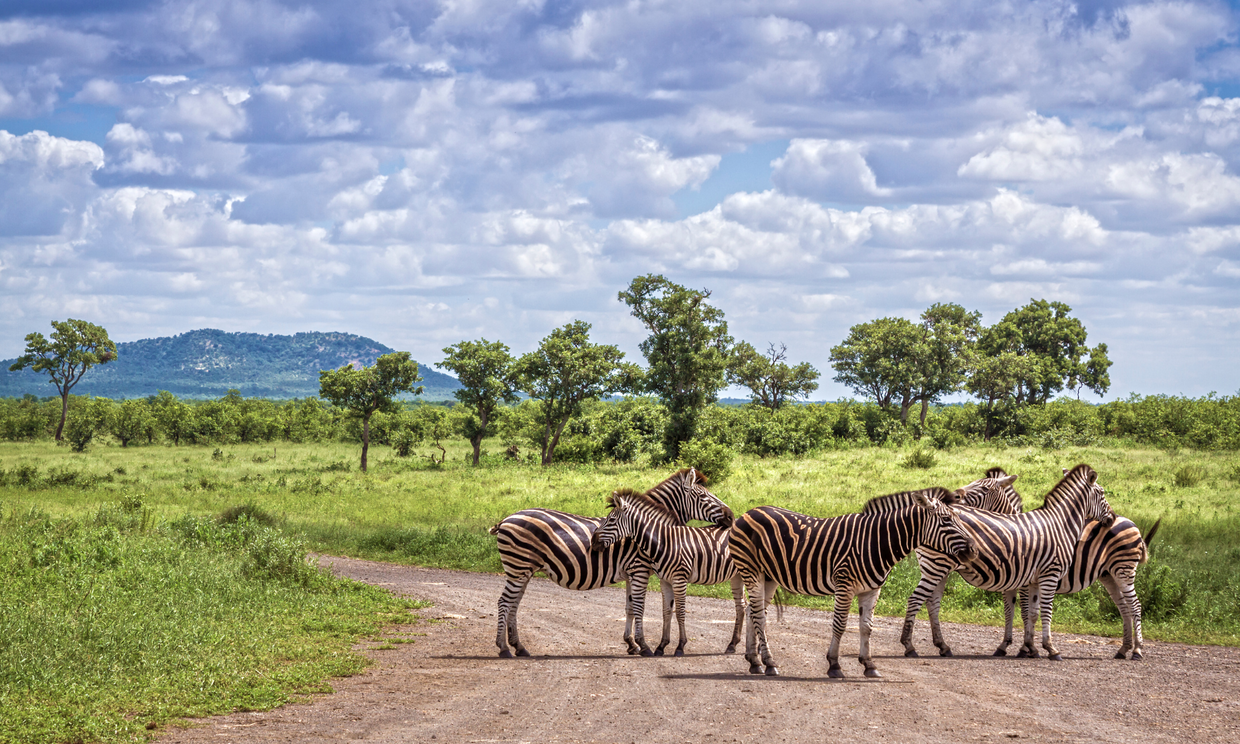
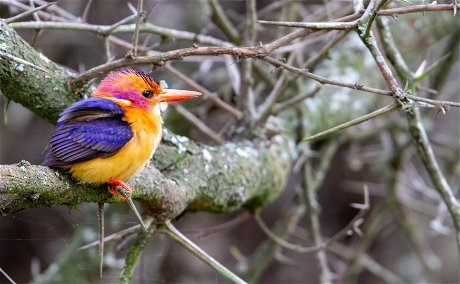

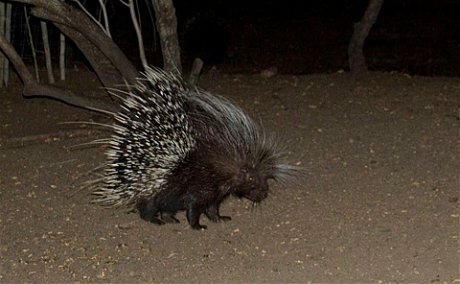


Share This Post